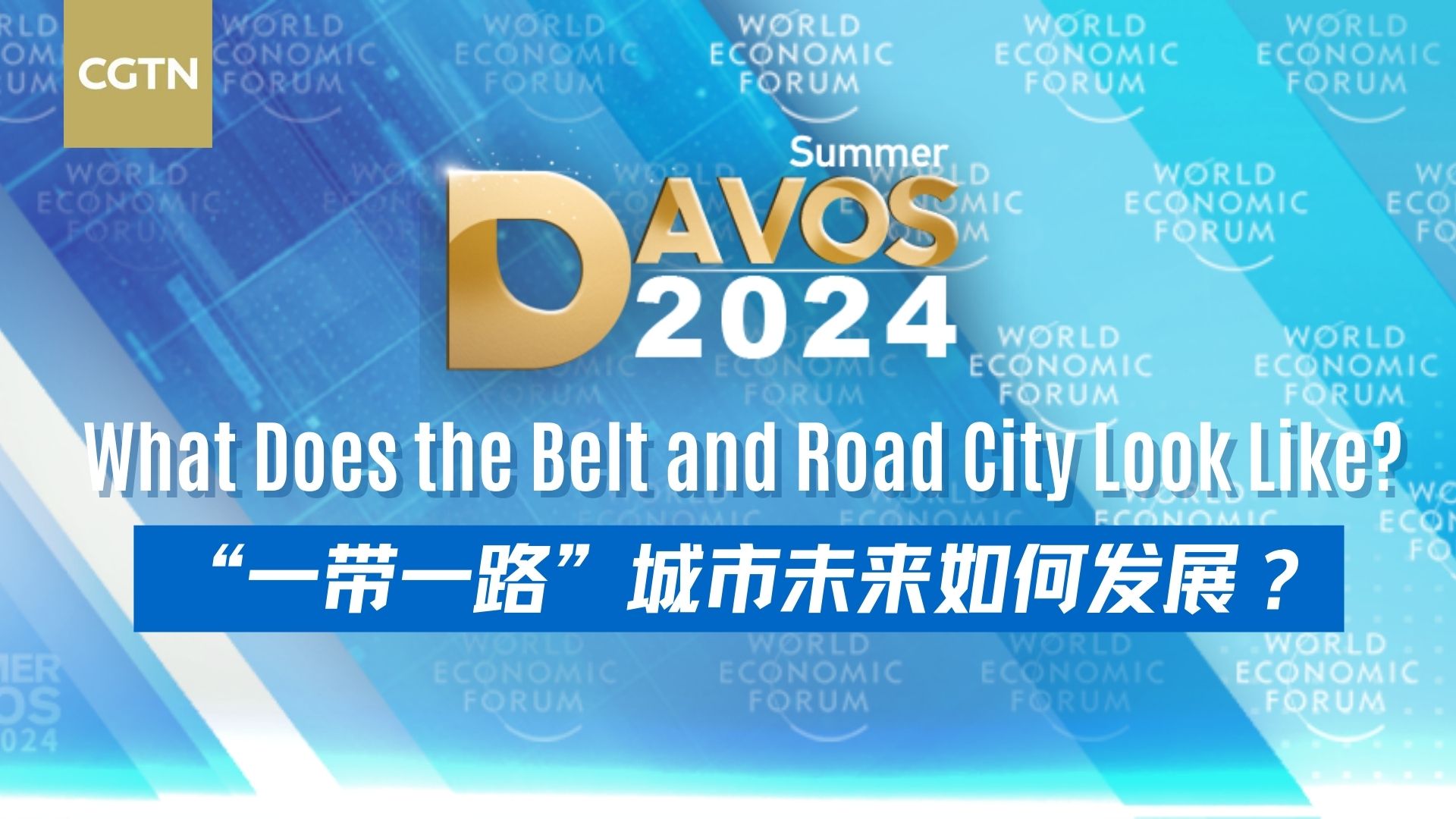By continuing to browse our site you agree to our use of cookies, revised Privacy Policy and Terms of Use. You can change your cookie settings through your browser.
Watch: What does the Belt and Road city look like?
More than 10 years have passed since China's Belt and Road Initiative (BRI) was developed to advance infrastructure construction, boost trade and investment along the routes of the ancient Silk Road. As BRI participating countries shift towards improved resilience and competitiveness, what are the prospects of reaching a consensus on green transition while also maintaining fiscal sustainability, including in the city context?
SITEMAP
Copyright © 2024 CGTN. 京ICP备20000184号
Disinformation report hotline: 010-85061466
SITEMAP
Copyright © 2024 CGTN. 京ICP备20000184号
Disinformation report hotline: 010-85061466



More than 10 years have passed since China's Belt and Road Initiative (BRI) was developed to advance infrastructure construction, boost trade and investment along the routes of the ancient Silk Road. As BRI participating countries shift towards improved resilience and competitiveness, what are the prospects of reaching a consensus on green transition while also maintaining fiscal sustainability, including in the city context?